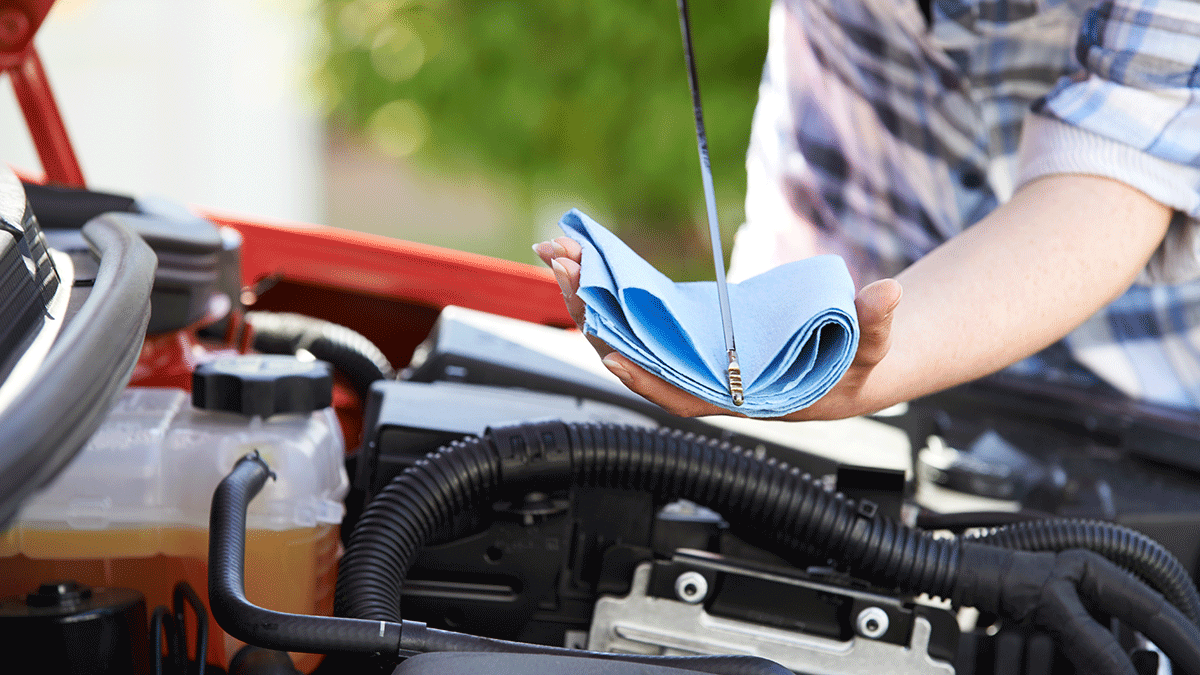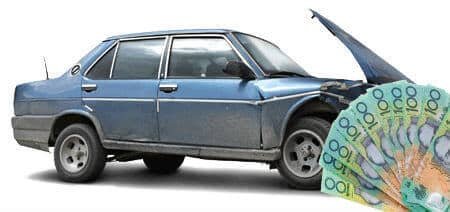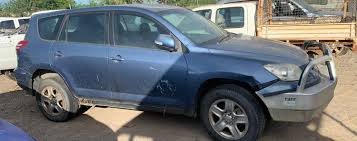How To Identify And Treat The Low Engine Oil In Your Car
Engine oil is as important and necessary in any car as fuel. This fluid makes the engine run smoothly and helps in lowering the friction between the parts. This less friction and smooth runover ultimately help the car to experience less wear and last longer.
But one thing to note down here is that everything comes with its cons as well. Improper care and maintenance will finally deteriorate the oil and engine as a whole. Filling the tank with less amount of engine oil will also put a burden on the car’s performance. Luckily, you can easily detect if the engine oil level is low and treat it yourself at home.
Check the warning light for oil pressure
The first and the most basic indication you may get of a low engine oil level is the warning light. Your car dashboard has all the indicators that tell you about the problems going on in the car. All you need to do is to pay attention and understand it to fix the issue right away.
The low engine oil level light indicates that your car needs maintenance and should be checked when it illuminates. You must understand that when the oil level is low, the pressure will be lesser than usual. Due to this low pressure, the indication warning light turns on and gives you an alert.
You should use the dipstick to verify this by checking the oil level. The warning light is most likely to be caused by oil that is either at or below the minimal mark.
You must not ignore this warning light at any cost as it may lead to more problems in your car and engine. There might be several reasons for low engine oil levels. Either the engine part is leaking, or you have not met the mark while filling the oil in the tank. In all of these cases, make sure to immediately give your car a maintenance and inspection.
Pay attention to the unusual engine sounds
Another clear indication of a low engine oil level is the weird engine sound that will give an immediate alert. When there is not enough oil to adequately lubricate the moving elements of the engine, friction increases and noises like these arise. These strange noises can appear when metal parts rub against one another due to the insufficiently lubricated. The first thing you should do is to check the oil level. Adding more oil could help to minimize or completely stop the noise if it’s low.
Even after adding oil, if the noise continues, it can be a sign of a more serious problem, including worn-out bearings or other internal engine problems. In these situations, you ought to get expert assistance to identify and resolve the issue. It is imperative to take immediate action upon hearing any unexpected sounds from your engine because prolonged exposure to low oil levels might result in irreversible damage to engine components.
The weird sound is anyway a very alarming indication that something is going wrong in your car. All the car dealers especially Japan used car dealers suggest and force people to never ignore these warning signs that your car is showing. If you are unable to find or fix the issue, do not leave it but take it to the mechanic.
Feeling a burning smell in the car? Check the engine oil level
Just like unusual sounds, weird smells are also a warning indication. The scorching burning smell in the car is a clear indication that something is wrong with the car engine and that especially with the engine oil.
A burning smell could indicate that oil is seeping into hot engine parts, including the exhaust manifold. This usually results in the smell of burning oil and possibly visible smoke when oil leaks out of the engine and comes into touch with these heated surfaces. This situation may get even worse as the engine is already working harder and the temperature is higher when going uphill or with large loads.
When this happens, you should stop the car right away, let the engine cool down, and check for leaks. You should use a jack or other specialized tools to check the underside of the car to find the source of the leak. If you ignore an oil leak, it can cause serious engine damage because the engine can run dry without enough lubrication. You should fix the leak as soon as possible to avoid more damage and to keep your car in good working order.
An extremely hot car is an indication of a low engine oil level
Because oil is so important in controlling engine temperature, low oil levels can lead to overheating. In addition to lubricating engine components, oil dissipates heat, which aids in cooling the parts. An increase in engine temperature results from the compromise of this cooling function caused by low engine oil levels. Many problems can arise from overheating, including deformed parts and total engine failure. Low oil levels could be the cause if you see your engine temperature rising, especially if it goes with poor performance or trouble starting.
It’s important to routinely check and maintain the proper oil level in order to avoid overheating. Even with proper oil levels, if you find that your engine overheats frequently, it may be a sign of additional problems, including a broken cooling system. In any event, you may prolong the life of your engine and avoid expensive repairs by taking quick action to remedy low oil levels and any associated issues.
Smoke from exhaust is another indication
The presence of grey or blue smoke coming from your car’s exhaust is another sign that the engine oil is low. Usually, this smoke is a sign that there is oil burning inside the engine. This is frequently the result of low oil levels allowing oil to seep into the combustion chamber. As gasoline and oil combine and burn, smoke is produced that is visible from a distance.
Smoke is produced when fuel and oil combine and burn, and this smoke is released through the exhaust pipe. This is a dangerous problem that, if left unattended, might cause additional engine damage.
The presence of blue smoke raises special concerns since it may indicate that a substantial volume of oil is entering the combustion chamber as a result of damaged oil recovery valves or worn piston rings. There should be little to no visible smoke coming from your car’s exhaust when it’s operating properly. But if you see persistent grey or blue smoke, it means your engine needs repair right now. It is best to get advice from a specialist as soon as possible because driving in these conditions might seriously damage your engine. The exhaust pipe emits smoke, which is produced when fuel and oil combine and burn. If left unattended, this is a dangerous problem that could cause additional engine damage.
All you need to do is to pay a close attention to each sign when they appear and rush to the mechanic if you are unable to fix them. Whereas, only routine maintenance and regular inspection will keep you on the safe side and you will be free from experiencing such issues.






